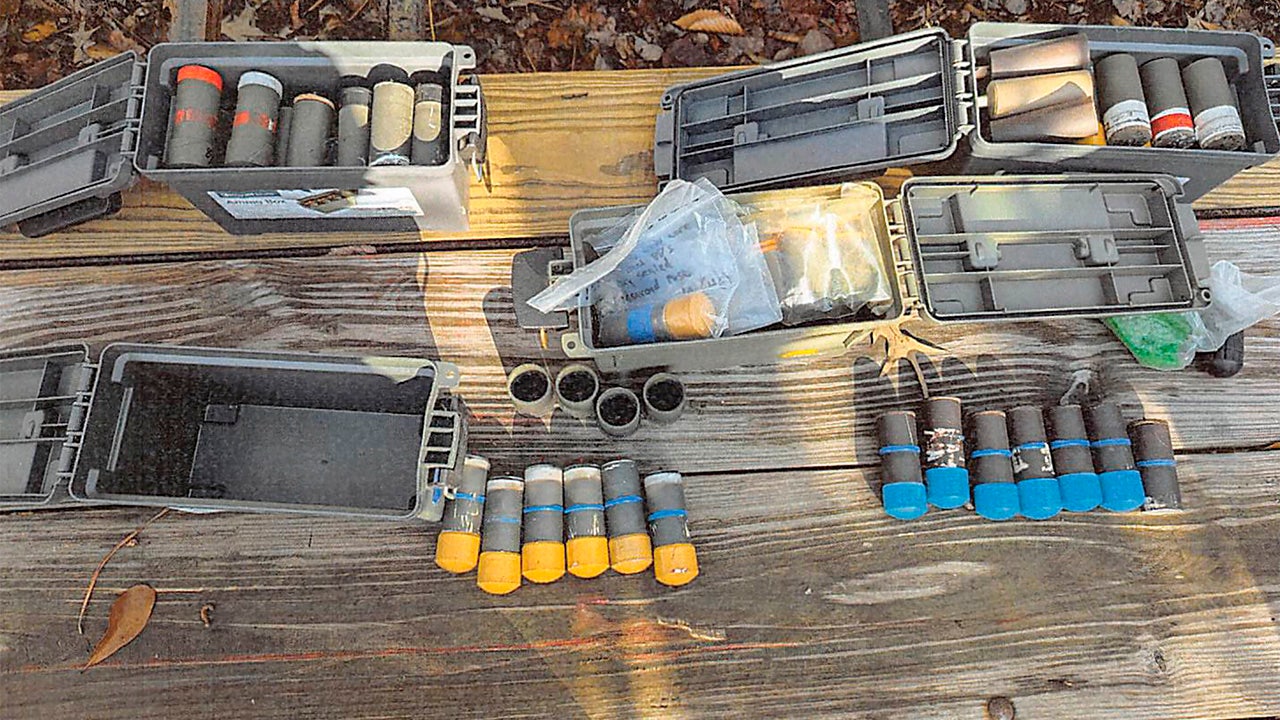For the first time, Houthi rebels fired surface-to-air missiles (SAMs) at a U.S. F-16 fighter jet over the Red Sea on February 19, according to three senior U.S. defense officials.
The missile did not hit the aircraft, but the incident marks a significant escalation in hostilities between the Iranian-backed group and U.S. forces.
The F-16 was conducting operations off the coast of Yemen when it was targeted.
Dennis Quaid’s #1 Warning for Americans
The Houthis also launched another SAM on the same day at an American MQ-9 Reaper drone flying over Yemen outside of Houthi-controlled areas.
Senior U.S. defense officials noted that this is the first time the Houthis have directly fired a SAM at an American F-16.
The attack raises concerns about the growing capabilities of the group, which has been targeting U.S. military assets and commercial vessels in the region for months.
#Houthis fire surface-to-air missiles at U.S. F-16 and drone in major escalation over #RedSea pic.twitter.com/e2d9QtzFtw
— The Times Of India (@timesofindia) February 23, 2025
100% FREE Gun Law Map CLICK HERE
Since the October 7, 2023, Hamas attack on Israel, the U.S. Navy and Air Force have been engaged in near-daily encounters with Houthi forces.
In response to Israel’s military operations in Gaza, the Houthis began targeting international shipping lanes, prompting the U.S. military to step up defensive operations in the Red Sea and Bab al-Mandab Strait.
U.S. Central Command has since launched multiple strikes on Houthi infrastructure, including weapons-storage facilities, to degrade their military capabilities.
Despite these efforts, the Houthis continue their attacks, forcing the Pentagon to reassess its strategy.
Within the highest levels of the U.S. military, there is an ongoing debate over how to effectively counter the Houthis.
One option under consideration is a shift toward a more aggressive counterterrorism approach, which would involve sustained airstrikes targeting Houthi leaders and those responsible for coordinating attacks.
This strategy would be a departure from the current focus on targeting infrastructure and weapons caches.
However, military leaders are weighing the costs of such a move, especially as resources, including MQ-9 Reaper drones, are being redirected to the southern U.S. border.
A shift to counterterrorism operations would require significant assets and funding, raising concerns about its feasibility.
Ultimately, the decision on how to proceed will rest with the White House.
U.S. military officials warn that it may only be a matter of time before a Houthi missile successfully strikes a U.S. Navy warship, potentially causing serious casualties and damage.
Since the October 7 attacks, the U.S. Navy has intercepted all missiles and drones fired at its vessels, often just moments before impact.
For nearly two years, U.S. forces in the Red Sea have been under constant threat, engaging in defensive operations against Houthi-launched ballistic missiles, cruise missiles, and drones.
The Navy has relied on expensive SM-2 and SM-3 missiles to neutralize these threats, but the persistent attacks highlight the ongoing dangers in the region.
With the Houthis now directly targeting U.S. fighter jets, military officials are bracing for the possibility of further escalation in the conflict.
100% FREE Gun Law Map CLICK HERE
The opinions expressed by contributors and/or content partners are their own and do not necessarily reflect the views of LifeZette. Contact us for guidelines on submitting your own commentary.
Read the full article here







![LA Night Turns Violent as Driver Mows Down Over 20 Outside Club [WATCH] LA Night Turns Violent as Driver Mows Down Over 20 Outside Club [WATCH]](https://www.lifezette.com/wp-content/uploads/2025/07/2025.07.19-05.52-lifezette-687bdb69d1927.jpg)




![Obama Says Fathers Aren’t Enough, Boys Need Gay and Non-Binary Friends [WATCH] Obama Says Fathers Aren’t Enough, Boys Need Gay and Non-Binary Friends [WATCH]](https://www.lifezette.com/wp-content/uploads/2025/07/2025.07.19-09.43-lifezette-687b68bd0d731.jpg)